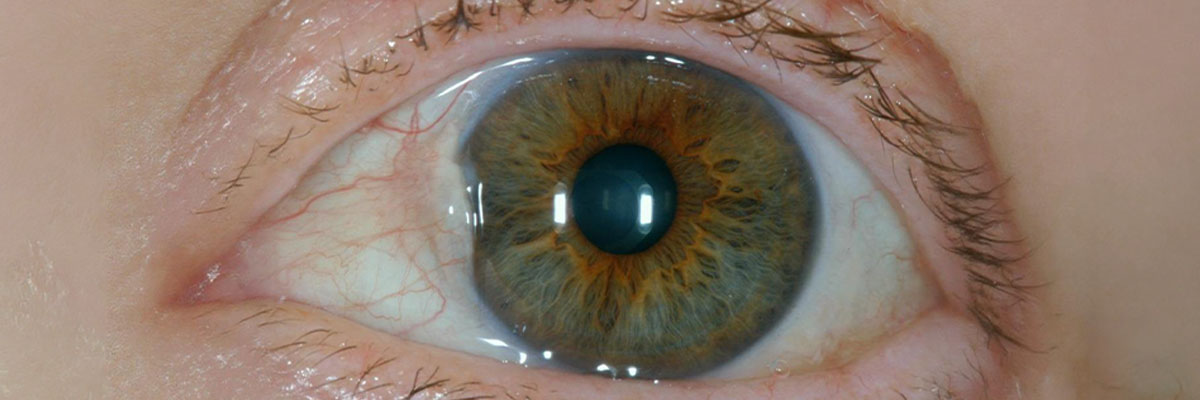Overview
Pterygium, commonly known as “surfer’s eye,” is a benign growth of tissue on the conjunctiva—the clear, thin membrane covering the white part of the eye. This growth typically forms in a triangular shape on the inner corner of the eye and can extend toward the cornea. Pterygium is often caused by prolonged exposure to UV light, wind, dust, or dry conditions, making it more common among people who spend a lot of time outdoors. While pterygium is usually harmless, it can cause discomfort, redness, and, in some cases, interfere with vision if it grows over the cornea.
Treatment for pterygium depends on the size of the growth, its symptoms, and its impact on vision. For mild cases, artificial tears and anti-inflammatory eye drops can help manage symptoms such as dryness, irritation, and redness. If the pterygium continues to grow or causes significant discomfort, surgical removal may be recommended to prevent further vision impairment or to improve the eye’s appearance.
With early intervention and proper protection from environmental factors, pterygium can often be managed effectively. For individuals prone to this condition, wearing UV-protective sunglasses and keeping the eyes moist with artificial tears can help reduce the risk of recurrence after treatment.
Table of Contents
When to See a Doctor
If you notice a visible growth on the white part of your eye or experience discomfort that persists, it’s important to see a doctor. Early assessment can help manage symptoms and prevent the growth from advancing, especially if it begins to encroach on the cornea or cause significant irritation.

You should consider seeing a doctor if:
- You have persistent redness, dryness, or irritation in one or both eyes.
- The growth seems to be increasing in size or spreading toward the cornea.
- Your vision becomes blurred or obstructed, especially if the pterygium covers part of your cornea.
- You experience discomfort that doesn’t improve with over-the-counter eye drops or artificial tears.
Seeking medical advice early allows for proper treatment, which can alleviate symptoms and reduce the risk of the pterygium affecting your vision long-term.
What Type of Doctor to Seek
For pterygium, it’s best to consult an ophthalmologist or optometrist. An optometrist can assess and diagnose the condition and may provide initial treatments such as prescription eye drops. If the pterygium is severe or affecting vision, an ophthalmologist can discuss more advanced treatment options, including surgical removal.
In cases where frequent eye irritation occurs due to environmental factors, an ophthalmologist may also offer guidance on preventive measures and eye protection strategies to reduce the risk of progression or recurrence.
What to Expect From Your First Doctor Visit
During your first visit, the doctor will conduct a comprehensive eye exam to assess the size, location, and severity of the pterygium. Here’s what to expect:
- Medical History and Symptom Review. The doctor will ask about any symptoms, such as redness, irritation, dryness, or vision changes, as well as any history of eye conditions or prolonged exposure to sunlight, wind, or dust.
- Eye Examination. Using a slit-lamp microscope, the doctor will examine the eye’s surface and the pterygium itself. This helps assess the growth’s impact on surrounding structures, such as the cornea, and its potential effect on vision.
- Vision Test. A visual acuity test may be conducted to determine if the pterygium is affecting your vision. If the growth covers part of the cornea or causes irregularities in the eye’s surface, it may lead to blurriness or other visual disturbances.
- Treatment Discussion. Based on the findings, the doctor will discuss possible treatment options. For mild cases, they may recommend lubricating eye drops or anti-inflammatory medication. If the pterygium is more severe, they may suggest surgical removal and explain the procedure, risks, and benefits.
Early treatment can help manage pterygium effectively and prevent complications. Consulting a doctor as soon as symptoms appear will allow for the best possible outcome and minimize the risk of vision impairment.
Pterygium Treatment Options

There are several methods to treat pterygium, ranging from eye drops and ointments to surgery in more severe cases. Treatment depends on the growth’s size, symptoms, and impact on vision.
- Protection Against Sunlight and Ultraviolet Rays. In mild cases of pterygium that do not affect vision, doctors often recommend protecting the eyes from sun exposure by wearing hats or sunglasses when outdoors. Using protective eyewear can help prevent further growth and may allow minor pterygium cases to stabilize. For optimal protection, wraparound sunglasses are recommended, as they shield the sides of the eyes from UV rays.
- Eye Drops and Ointments. Various eye medications, including lubricating drops and ointments, can be applied to ease discomfort and keep the cornea moist. In cases of severe inflammation, doctors may prescribe steroid eye drops to reduce swelling. However, it’s important to note that these treatments relieve symptoms but do not eliminate the pterygium itself.
- Surgery. Surgical removal is the only way to completely remove pterygium, especially if it grows toward the cornea and poses a risk to vision. An eye surgeon carefully removes the pterygium to prevent it from spreading to the cornea. If left untreated, pterygium can lead to scarring on the cornea, resulting in potential vision problems. Surgery is usually reserved for more advanced cases or when other treatments prove insufficient.
These treatment options are typically tailored to the individual’s condition, and an eye doctor can help determine the most appropriate approach. Early treatment and protective measures can be highly effective in managing symptoms and preventing pterygium from advancing further.
Pterygium Prognosis
The prognosis for pterygium is generally favorable, especially when managed early. Mild cases often cause only minor discomfort and can be controlled effectively with lubricating eye drops and protective measures, such as wearing UV-blocking sunglasses. These steps can help reduce symptoms and prevent further growth of the pterygium. For many individuals, pterygium remains stable over time, and the condition does not significantly impact vision or daily activities.
In cases where the pterygium continues to grow or affects the cornea, surgical removal may be necessary. Surgery is usually successful, with most patients experiencing relief from symptoms and a low risk of recurrence when postoperative care and preventive strategies are followed. However, recurrence rates vary, with pterygium sometimes reappearing, particularly if proper sun and wind protection is not observed post-surgery.
Overall, with proper management and regular monitoring, individuals with pterygium can expect a good quality of life and minimal interference with vision. Taking preventive measures, such as eye protection from UV rays and using artificial tears, can help maintain eye comfort and reduce the risk of the condition worsening or recurring after treatment.


